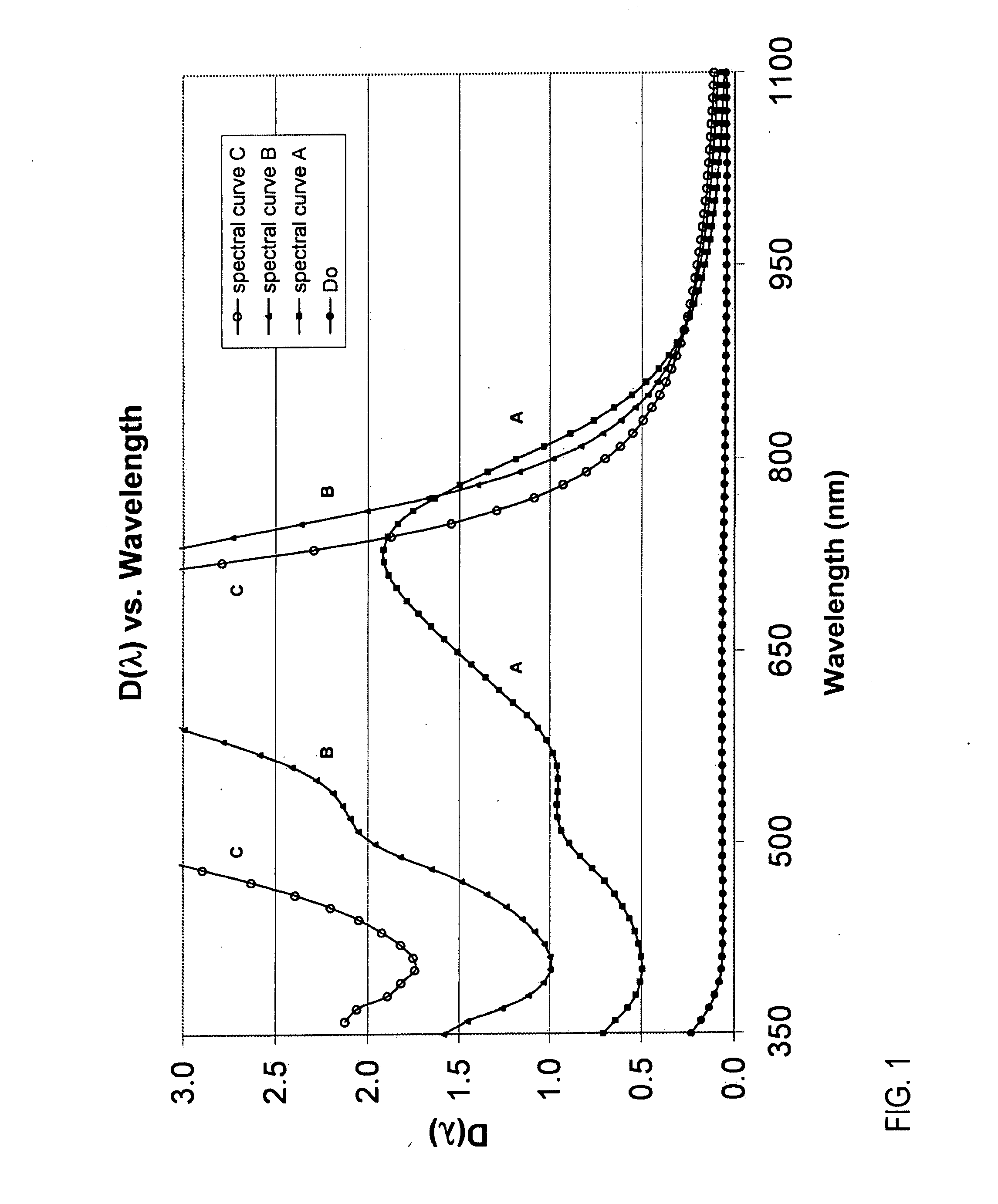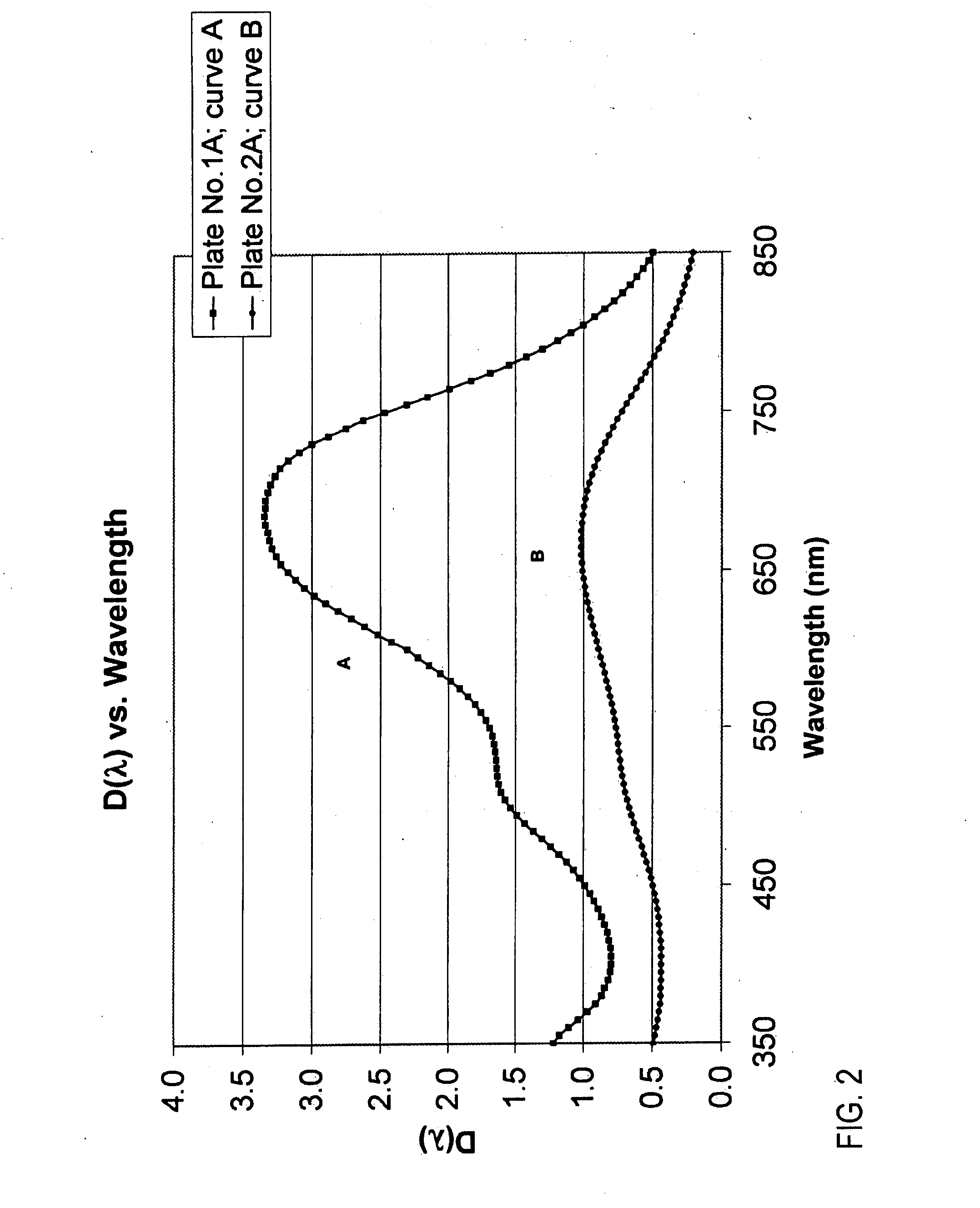Method of making PDR and PBR glasses for holographic data storage and/or computer generated holograms
a technology of computer generated holograms and glasses, applied in the field of glasses for the storage of holographic data, can solve the problems of limiting the ability to image high-resolution data patterns, interpixel interference in the recorded hologram, noise during data readout,
- Summary
- Abstract
- Description
- Claims
- Application Information
AI Technical Summary
Benefits of technology
Problems solved by technology
Method used
Image
Examples
Embodiment Construction
[0058]Detailed descriptions of embodiments of the invention are provided herein. It is to be understood, however, that the present invention may be embodied in various forms. Therefore, the specific details disclosed herein are not to be interpreted as limiting, but rather as a representative basis for teaching one skilled in the art how to employ the present invention in virtually any detailed system, structure, or manner.
[0059]The present invention concerns glasses for the storage of holographic data and for making computer-generated holograms therein, and the related manufacturing methods. More particularly, the present invention concerns silver ion-exchanged silicate glass articles that include photo-darkenable-refractive (PDR) and photo-bleachable-refractive (PBR) glass plates.
[0060]In one embodiment, a PDR glass plate has at least one photosensitive glass layer of a silver ion-exchanged holographic recording (SIHR) glass, in which a base glass composition has been ion-exchange...
PUM
| Property | Measurement | Unit |
|---|---|---|
| mole percent | aaaaa | aaaaa |
| mole percent | aaaaa | aaaaa |
| mole percent | aaaaa | aaaaa |
Abstract
Description
Claims
Application Information
 Login to View More
Login to View More - R&D
- Intellectual Property
- Life Sciences
- Materials
- Tech Scout
- Unparalleled Data Quality
- Higher Quality Content
- 60% Fewer Hallucinations
Browse by: Latest US Patents, China's latest patents, Technical Efficacy Thesaurus, Application Domain, Technology Topic, Popular Technical Reports.
© 2025 PatSnap. All rights reserved.Legal|Privacy policy|Modern Slavery Act Transparency Statement|Sitemap|About US| Contact US: help@patsnap.com



